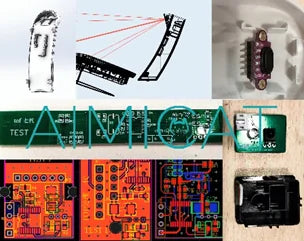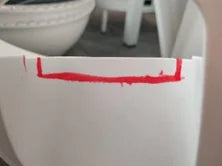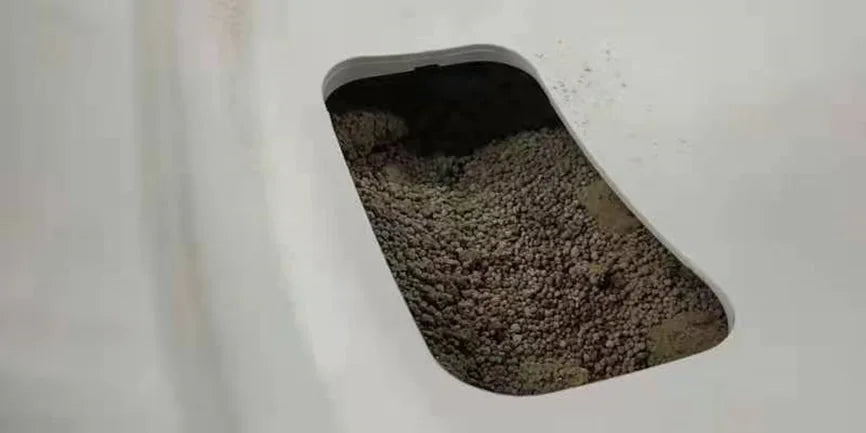Cat detection has posed challenges in our journey. Initially, we employed a conventional infrared solution for detection, but we found that our infrared solution was prone to failures under strong lighting conditions. This raised concerns as there was a risk of cats being caught in the device during such instances. Despite a month of optimization, including adjustments to the infrared sensor and lens material to enhance light transmission and color, our efforts ended in disappointment.
Design of Infrared Cat Detection and TOF Cat Detection Solutions
Testing TOF Performance in Sunlight
By a stroke of luck, we learned that the Time-of-Flight (TOF) sensors, commonly used in smartphones, had become cost-effective within the industry. We swiftly contacted manufacturers for testing, and the results indeed showed remarkable accuracy. Given its conical detection range, we even attempted to employ TOF for monitoring litter remnants. However, this proved impractical as it compromised the cat's inspection range, jeopardizing the safety of cat detection, leading to its abandonment.
After thorough validation involving standalone sensor tests for cat litter dust and more, we embraced the TOF solution. This also resolved the dilemma of selecting a detection method for a box full of feces. However, in real-world user scenarios, the excessive precision of TOF made it susceptible to dust interference. Consequently, in the latest Aimicat Pro model, we opted for a more stable millimeter-wave detection system. Despite the associated increase in cost, reliability remains our top priority.







Leave a comment
All comments are moderated before being published.
This site is protected by hCaptcha and the hCaptcha Privacy Policy and Terms of Service apply.